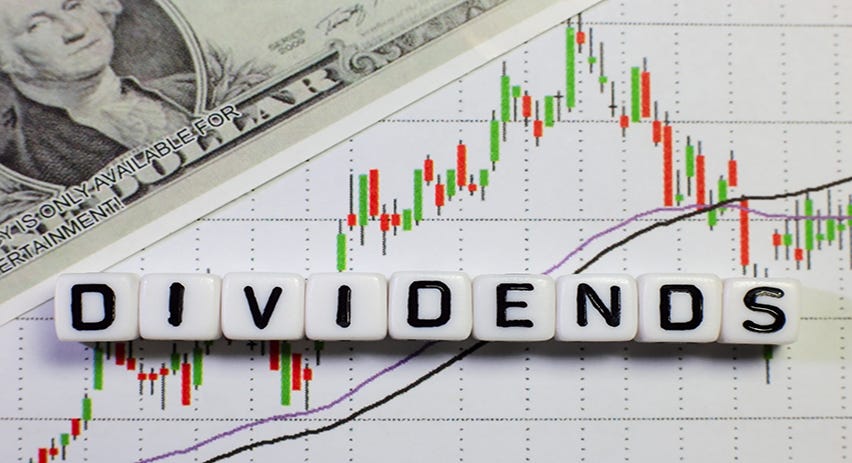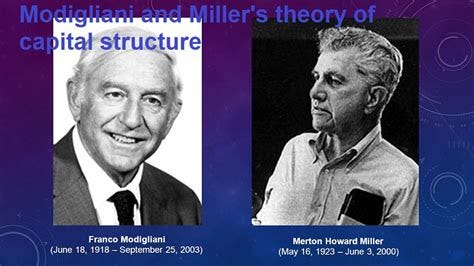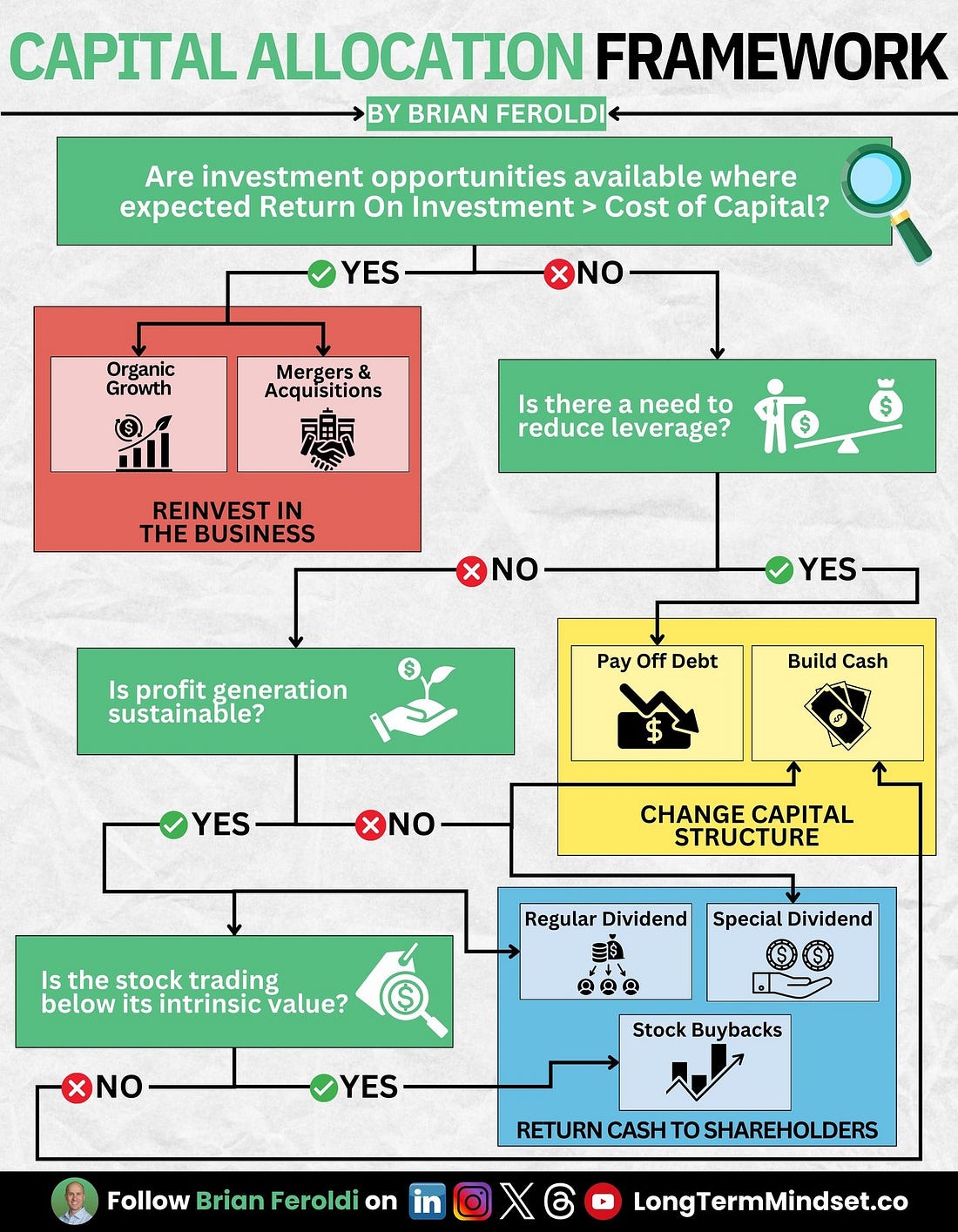|
👋 Howdy Partner!
I've spent decades analyzing businesses and investment opportunities, and there's one argument I hear over and over that’s just wrong...
"Dividends don't pay you. The stock just drops by the same amount."
This tired line is parroted by people who've never signed the front of a paycheck or built a business from scratch. And it's a theory that falls apart in the real world where you and I actually live and invest.
Today, I'll show you why this is a myth and show you why dividends remain the most reliable path to sustainable wealth in the stock market.
The Academic Fantasy vs. Your Financial Reality
This anti-dividend nonsense stems from Miller & Modigliani's 1961 "dividend irrelevance" theory.
The simplified version you'll hear from finance professors is that "a $1 dividend just means the stock drops $1 - nothing gained, nothing lost."
First of all, the market isn’t that efficient and it doesn’t happen in the real world, and second… that's not even what these academics actually said.
Their real theory was more nuanced:
"The higher the dividend payout in any period, the more new capital that must be raised from external sources to maintain any desired level of investment."
Read that carefully and you’ll see that they’re assuming the company doesn’t make enough profits to be able to grow and pay a dividend.
More importantly, they admitted their theory wouldn't hold for what they called an "extreme case":
Internally financed companies where "dividend policy is indistinguishable from investment policy."
What do they mean by internally financed companies?
Companies who generate enough cash to finance their own growth.
In 1961, most companies had to raise capital to grow - they were industrial companies with low profits that needed a lot of capital to build new factories or plants.
What the professors dismissed as an "extreme case" in 1961 describes the vast majority of today's profitable public companies!
The theoretical foundation for dividend irrelevance was built on assumptions that have never existed in the real world:
No taxes
No fees
No inflation
No financial stress
No emotions
No need to ever withdraw money
In other words: a fantasyland where no investor has ever lived.
The Five Choices Every Business Faces
In the real world that you and I live in, dividends are simply a capital allocation decision. Management has five fundamental choices:
Reinvest in the core business
Acquire another business
Build up cash reserves
Pay down debt
Return capital to shareholders (dividends or buybacks)
The test for a management team is crystal clear: Can they reinvest your capital at high returns?
Here’s a great visual showing how management should work through the decision:
If they can get a good return, reinvest. If not, pay it out.
But never, ever forget - it's YOUR capital. And you should demand to get paid when the numbers make sense.
Your Barber Gets It
Let me bring this down to earth. I have a barber, Donny. He’s a bit more expensive than others in town, but he’s great. And his cuts are worth it.
He owns the shop, cuts hair, and keeps the books.
If I walked in and told him: "Dave, don't pay yourself. Buy a fourth chair. Hire more barbers. Reinvest everything!"
He'd laugh me out of the shop.
Why? Because Dave didn't open a barbershop to eventually sell it to someone else at a higher price. He opened it to generate income - to get paid.
That's what business is: turning time, risk, and capital into cash for the owner.
And if you never get paid? You're not an owner. You're a speculator hoping someone else will buy your business for a big price someday.
The Retirement Death Trap
Here's the danger of ignoring dividends: You become completely dependent on market sentiment.



